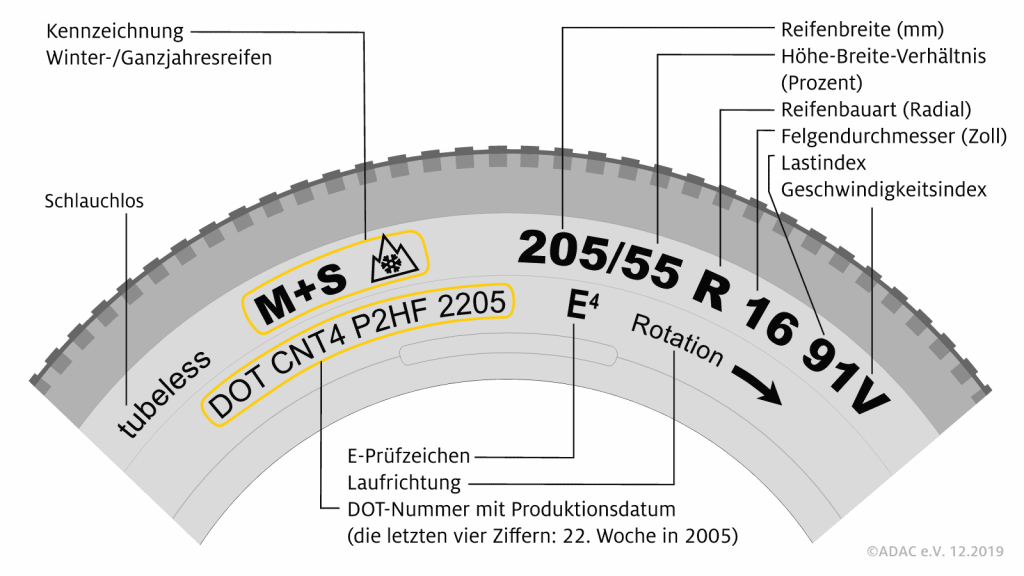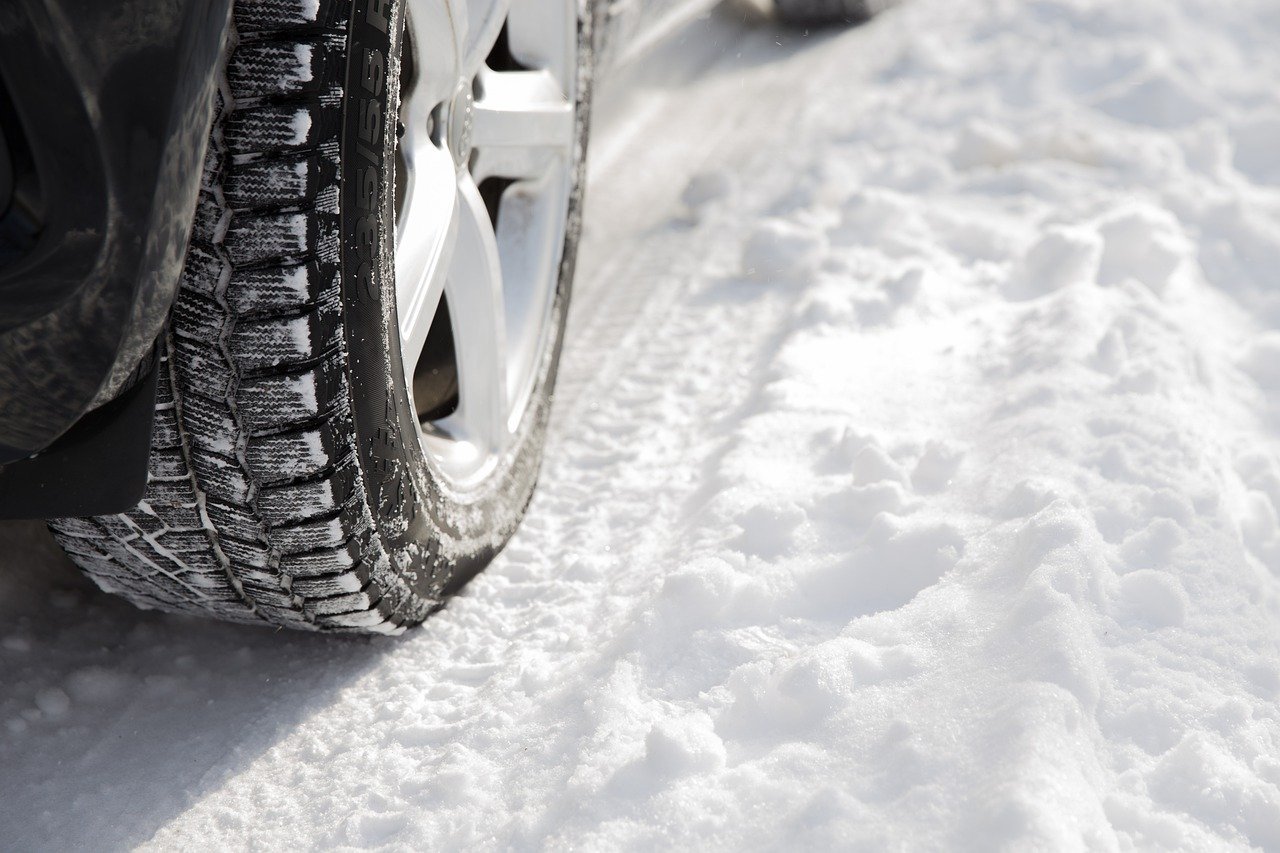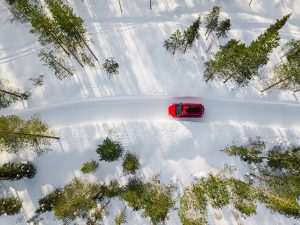Winter tires – is it compulsory to drive with winter tires?
First of all, the question arises whether it is absolutely necessary to drive with winter tires in winter. The answer is "No" - winter tires are not compulsory in Germany!
According to "§2 III a StVO in conjunction with §36 IV StVZO, winter tires must be fitted in certain weather and road conditions. This is called situational winter tire obligation and means in plain language, as long as the roads are not slippery or there is snow, you can also drive with summer tires in the winter months. As soon as there is ice and snow, winter tires must be fitted. However, these do not necessarily have to be winter tires, but can also be all-season tires or all-weather tires. If you are caught with summer tires on ice and snow, you risk a fine of 60 euros.
Motorcycles, bicycles, pedelecs, trailers, agricultural, forestry and motorized wheelchairs.
What makes a tire a winter tire?
Its profile and tread are designed in such a way that it has better driving characteristics in mud and snow than a summer tire. All tires marked with the Alpine symbol (mountain pictogram with a snowflake) are considered winter tires in Germany. All-season tires with the Alpine symbol are therefore also considered winter tires.
The marking M + S (mud and snow) is no longer sufficient in every case. There is still a transition period until September 30th, 2024 if these were made before December 31st, 2017. The date of manufacture indicated on the tire is decisive.
This can be recognized by the "DOT number" on the tire wall (tire side). For example, if it is DOT 1418, it means that the tire was produced in the 14th calendar week in 2018.

Summer and winter tires or all-season tires?
Winter tires are the all-rounders in winter and superior to all-season tires when the winter weather is right. Thanks to their profile, they have better grip on snow and ice, and the softer rubber compound makes them the better choice when temperatures are below zero. Winter tires also have an advantage in terms of braking distance and handling in curves. If you are dependent on the car and cannot do without it at any time, for example you have to travel long distances for work or you often drive to wintry regions for vacation, winter tires make more sense and are the safest solution.
All-season tires are getting better and better and are a good compromise compared to summer and winter tires. They are sufficient for the climatic conditions here in the Ruhr area, a region with little snow, and also in view of climate change with winters becoming milder and milder and a sensible choice. If you are not dependent on the car at all times and can leave it there on the few snowy days of the year or use an alternative, for example car sharing, all-season tires make more sense.
For many also a consideration because of the increasingly expensive life. Because in addition to the acquisition costs for 8 tires for summer and winter tires, there are also the costs for changing the tires twice a year and the storage costs if you don't have a garage or basement.
What tread depth applies to winter tires?
The same minimum tread depth applies to winter tires as to summer tires. According to the legislator, the minimum profile depth is 1.6 millimeters. For safety reasons, however, we recommend at least 4 millimeters for winter tires.
What happens in the event of an accident with summer tires?
If you are found with summer tires on slippery roads and there is an accident, your comprehensive insurance benefits may be reduced due to gross negligence.
The damage suffered by the accident victim is of course regulated by the motor vehicle liability insurance of the person who caused the accident. However, the insurance can subsequently take recourse against the policyholder who has been on the road with summer tires. The lack of winter tires can also become a problem with the accident victim, if this can be proven to be the cause of the accident, as the victim may have to be responsible for contributory negligence.
What do I do if I have a flat tire?
As part of the emergency aid concept, summer tires may also be fitted as spare tires. The journey should then be continued cautiously and the spare tire should be exchanged for a winter tire at the next opportunity.
How do I behave during an upcoming winter vacation?
Before starting the journey, it is important to find out about the applicable regulations in the respective countries, because different regulations apply here for winter tires and snow chains. In other countries, for example, the M+S label may be sufficient for winter tyres. We recommend the traffic regulations for foreign countries from the various automobile clubs such as the ADAC.
Link to the regulations for winter tires abroad:
https://www.adac.de/verkehr/recht/verkehrsvorschriften-ausland/winterreifen-schneekette/





Pingback: 10 Tipps für den Winterurlaub mit dem Auto - Alpha Gutachten